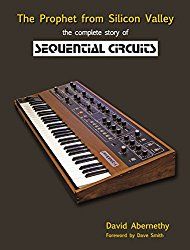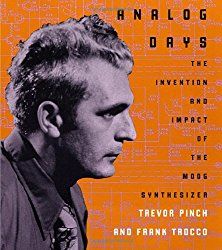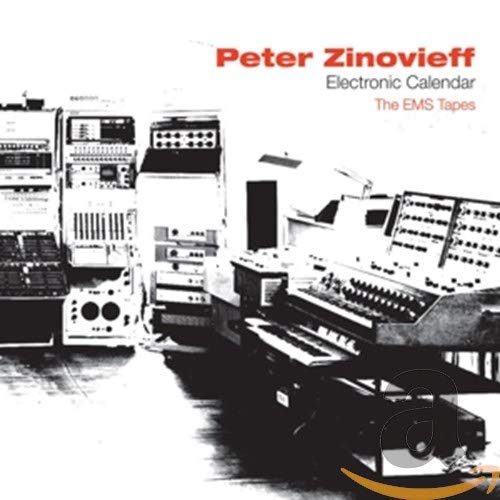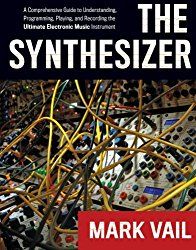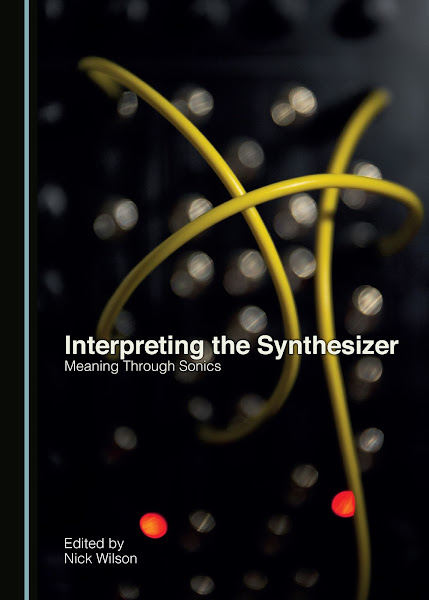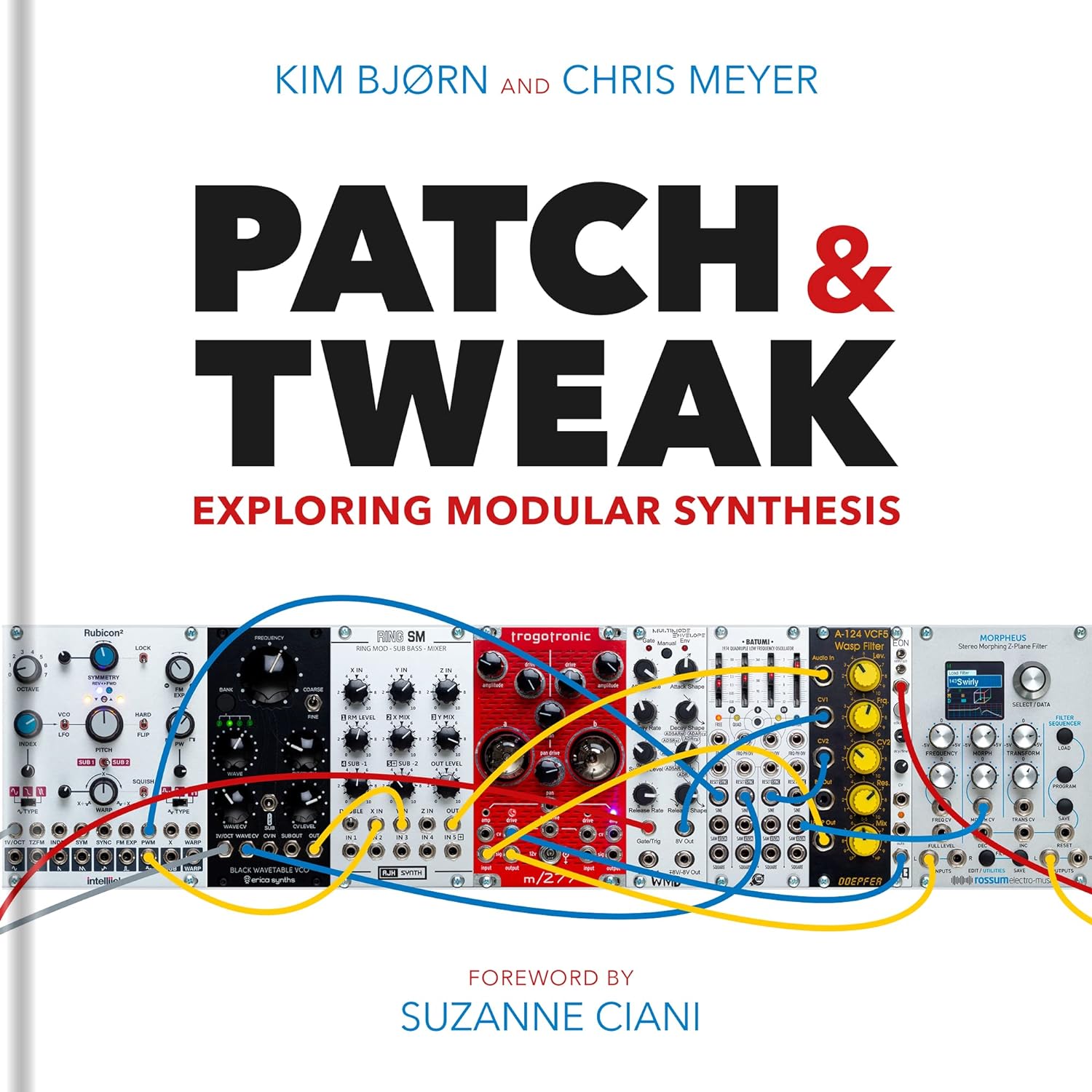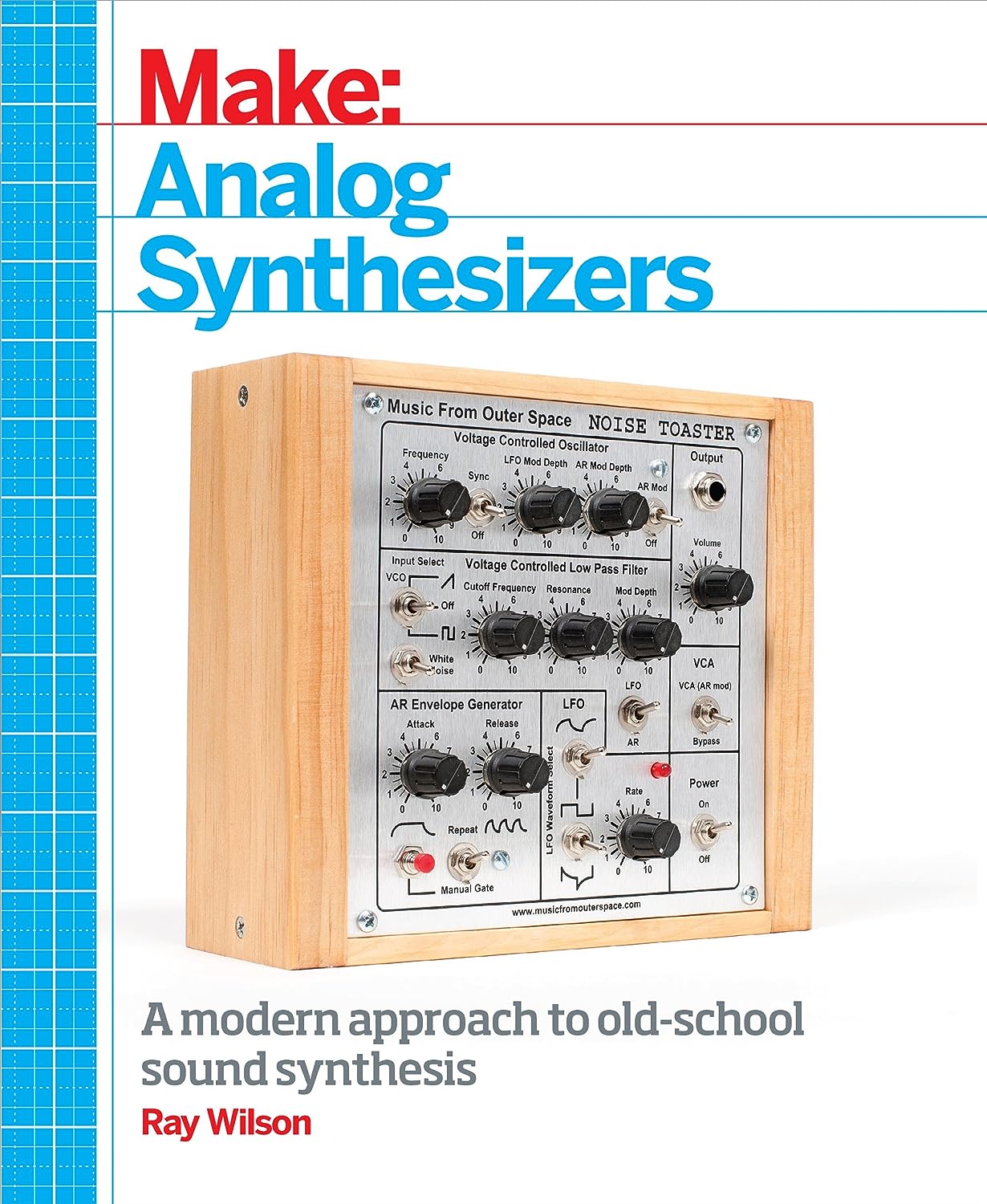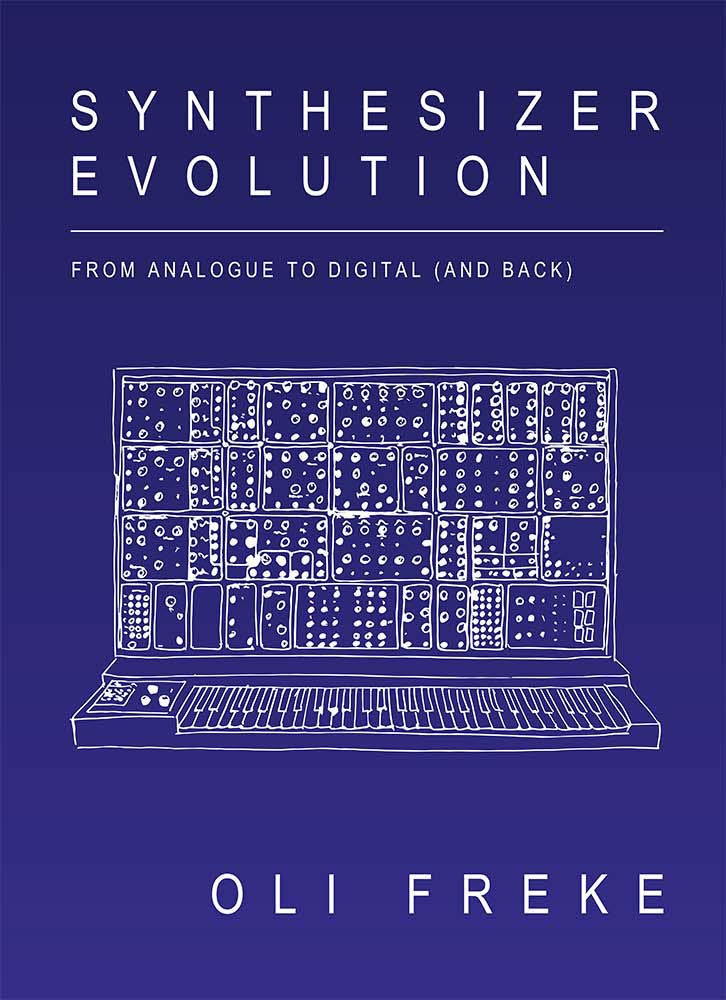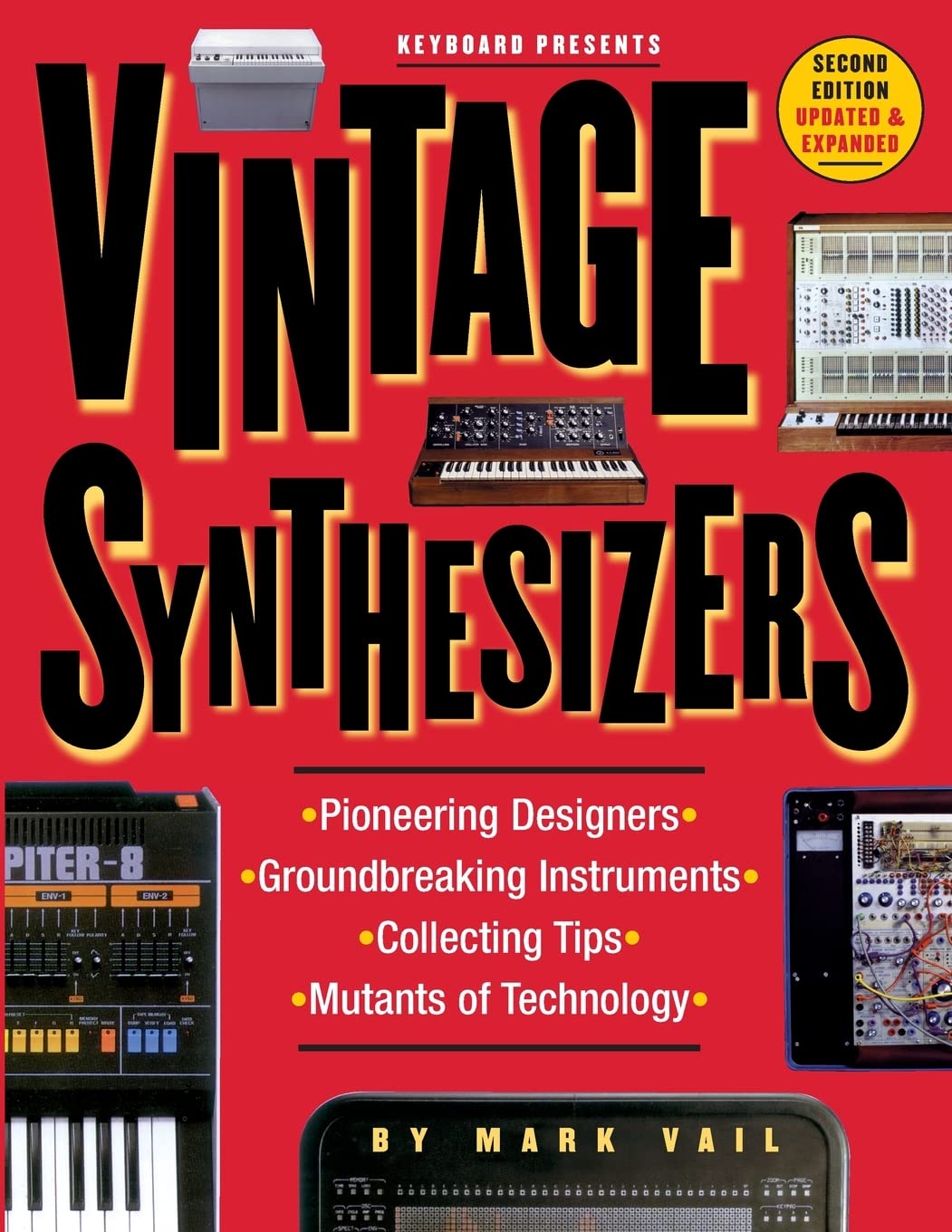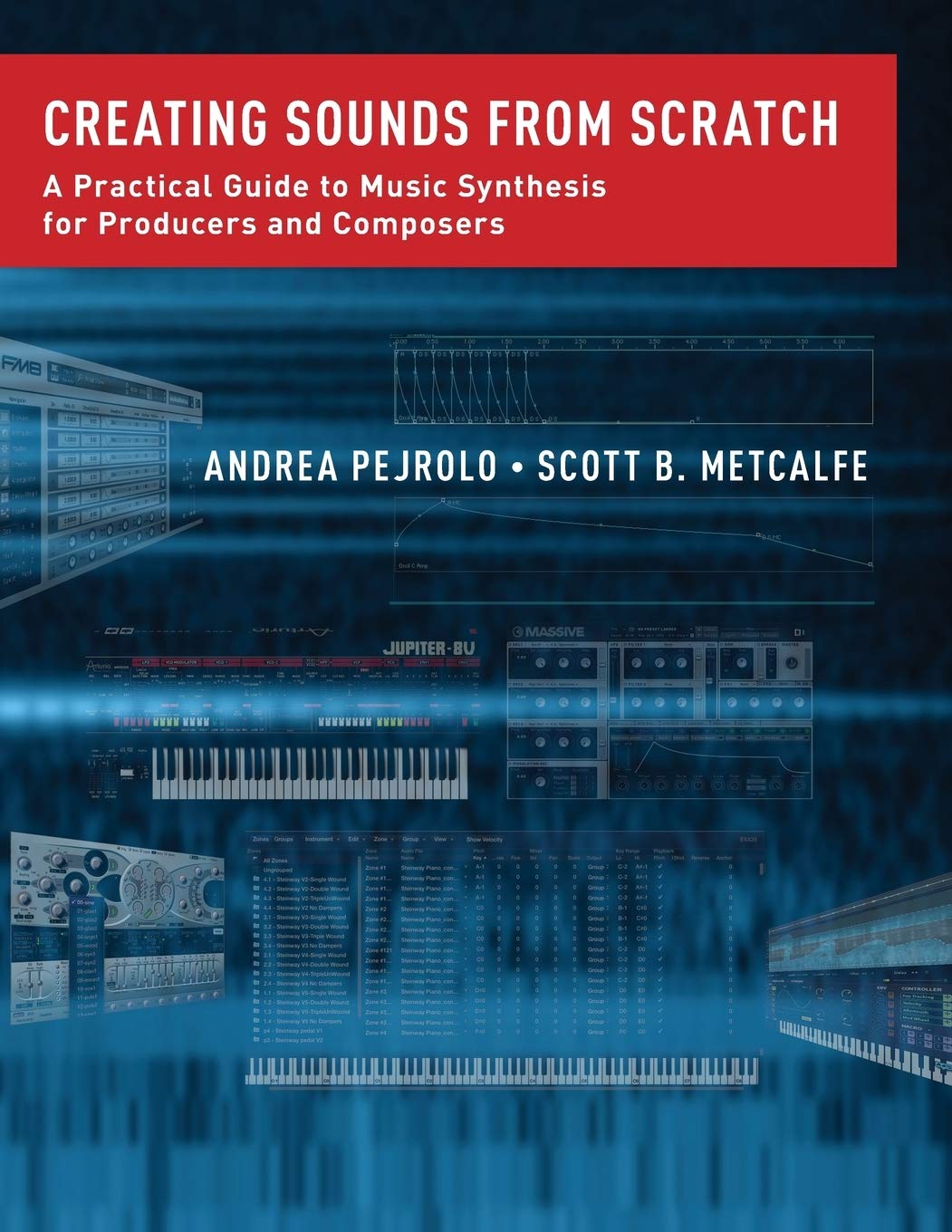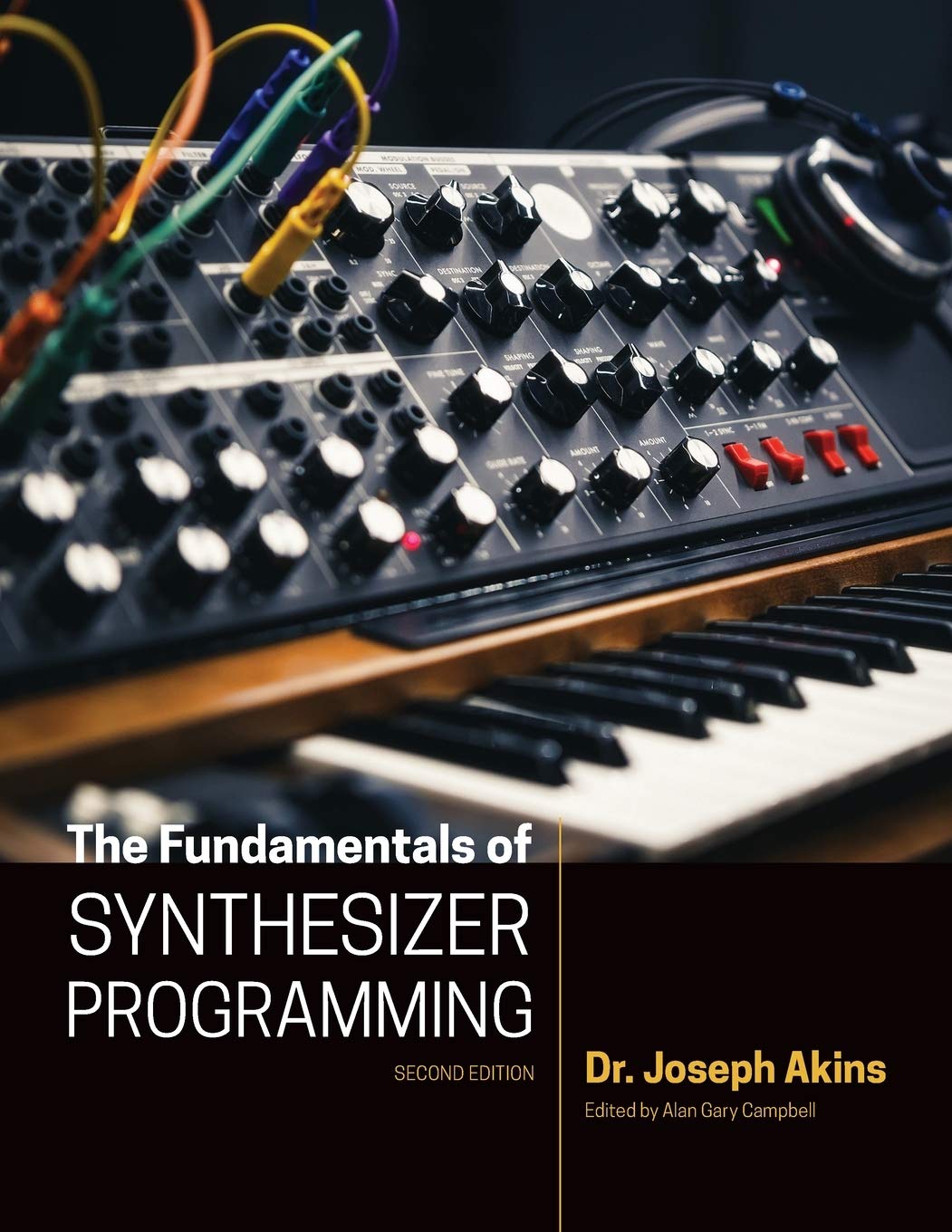video upload by Arcadia Electronics
Playlist:
1. Building the PLL Organ Synth DIY Kit: Step-by-Step Tutorial, Part1 - Keyboard Assembly.
In this video, Adam from Arcadia Electronics walks you through the first steps of assembling the PLL Organ Synth DIY Kit. We’ll cover the introduction to the PCB, how to correctly place the push buttons, and the initial preparations for soldering.2. Building the PLL Organ Synth DIY Kit: Installing Optocouplers (Part 2)
This is the first video in our tutorial series. Be sure to watch the rest for a complete guide to building your own PLL Organ Synth!
In this second part of our PLL Organ Synth DIY Kit tutorial series, Adam shows you how to install the optocouplers. Follow along and make sure to check out the first video if you haven’t already, and stay tuned for the rest of the series for a complete guide to building your own PLL Organ Synth!3. Building the PLL Organ Synth DIY Kit: Installing Slider Potentiometers (Part 3)
In this third part of our PLL Organ Synth DIY Kit tutorial series, Adam demonstrates how to install the slider potentiometers. Follow along as we continue to assemble the synth and bring it to life. If you haven’t seen the previous videos, be sure to check them out, and stay tuned for more in this comprehensive guide to building your own PLL Organ Synth!4. Building the PLL Organ Synth DIY Kit: Installing Rotary Potentiometers (Part 4)
In this fourth part of our PLL Organ Synth DIY Kit tutorial series, Adam guides you through the installation of the rotary potentiometers. Continue following along as we assemble the synth and capture the iconic sounds of the 60’s. If you haven’t watched the previous videos, be sure to check them out, and stay tuned for the rest of the series for a complete guide to building your own PLL Organ Synth!5. Building the PLL Organ Synth DIY Kit: Installing Spacers for Top Panels (Part 5)
In this fifth part of our PLL Organ Synth DIY Kit tutorial series, Adam shows you how to install the spacers that connect the top panels to the main board. Follow along as we continue assembling the synth. If you haven’t watched the previous videos, be sure to check them out, and stay tuned for the remaining parts of this comprehensive guide to building your own PLL Organ Synth!6. Building the PLL Organ Synth DIY Kit: Installing Toggle Switches (Part 6)
In this sixth part of our PLL Organ Synth DIY Kit tutorial series, Adam explains the toggle switches and demonstrates how to install them. Continue following along as we assemble the synth. If you haven’t seen the previous videos, be sure to check them out, and stay tuned for the rest of this comprehensive guide to building your own PLL Organ Synth!7. Building the PLL Organ Synth DIY Kit: Installing the Speaker and first Sound Test! (Part 7)
In this exciting seventh part of our PLL Organ Synth DIY Kit tutorial series, Adam walks you through installing the speaker and finally getting some sound. If you haven’t seen the previous videos, be sure to check them out, and stay tuned for more in this comprehensive guide to building your own PLL Organ Synth!8. Building the PLL Organ Synth DIY Kit: How to tune the Keyboard (Part 8)
In this crucial eighth part of our PLL Organ Synth DIY Kit tutorial series, Adam demonstrates how to tune the keyboard using the built-in speaker we connected earlier. Follow along as we fine-tune the synth. If you haven’t seen the previous videos, be sure to check them out, and stay tuned for the final parts of this comprehensive guide to building your own PLL Organ Synth!9. Building the PLL Organ Synth DIY Kit: Assembling Caps, Touch Pad, and Panels (Part 9)
In this ninth part of our PLL Organ Synth DIY Kit tutorial series, Adam shows you how to assemble the caps, touch pad connector, and panels. We’ll wrap up with a short audio test to ensure everything is working perfectly. Follow along and enjoy as we near the completion of the synth. If you haven’t seen the previous videos, be sure to check them out for a comprehensive guide to building your own PLL Organ Synth!10. Building the PLL Organ Synth DIY Kit: Final Assembly, Inspection, and Testing (Part 10)
In this final part of our PLL Organ Synth DIY Kit tutorial series, Adam shows you how to install the slider caps and knobs, followed by a thorough inspection and final testing. Join us as we complete the build. If you haven’t seen the previous videos, be sure to check them out for a comprehensive guide to building your own PLL Organ Synth!





